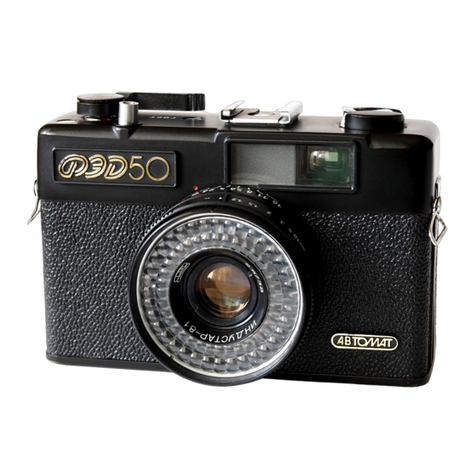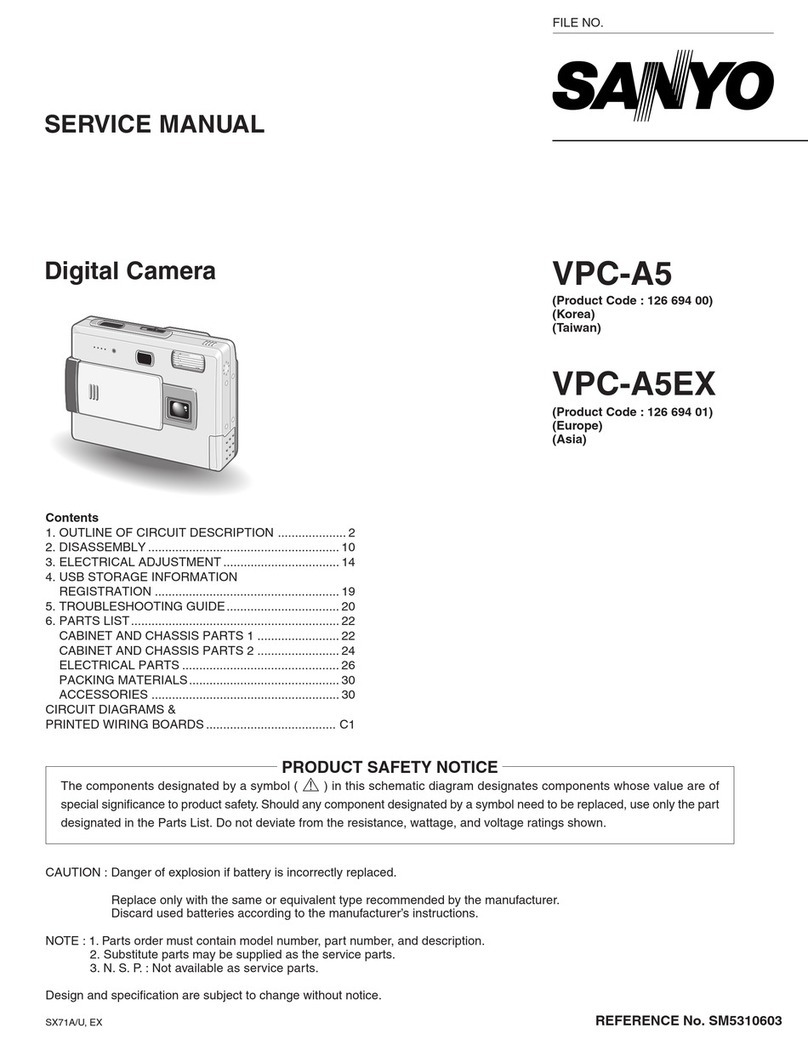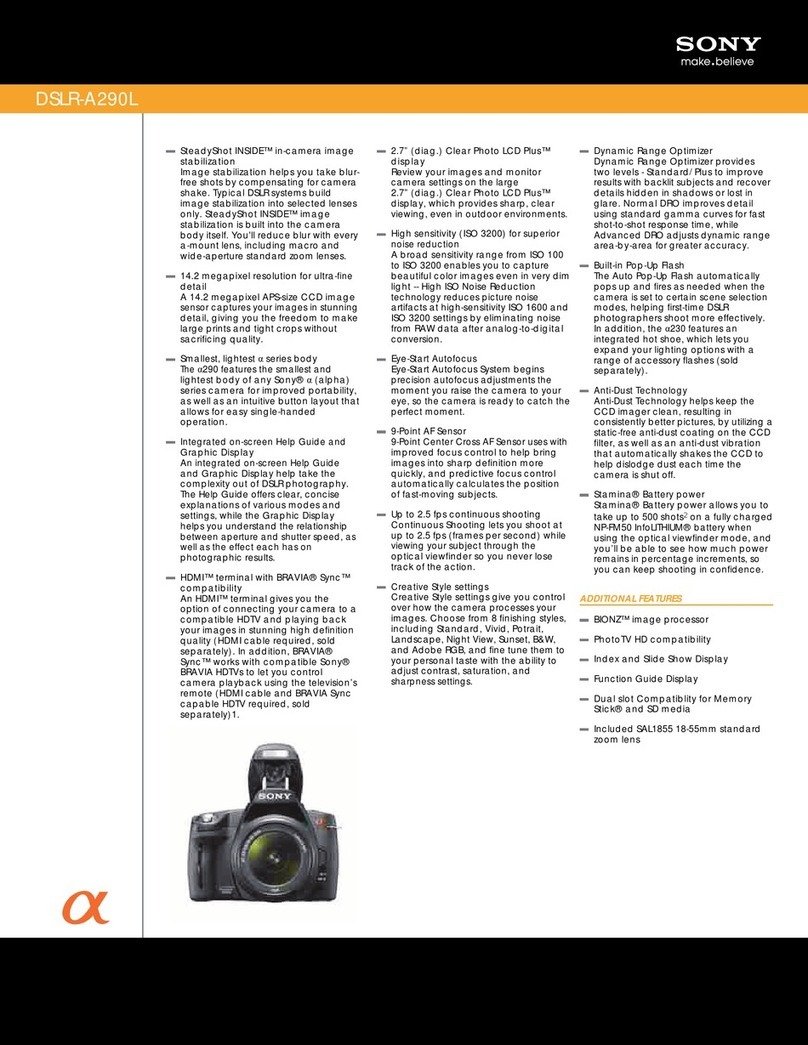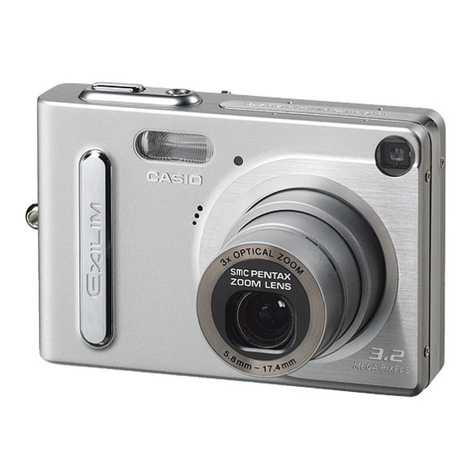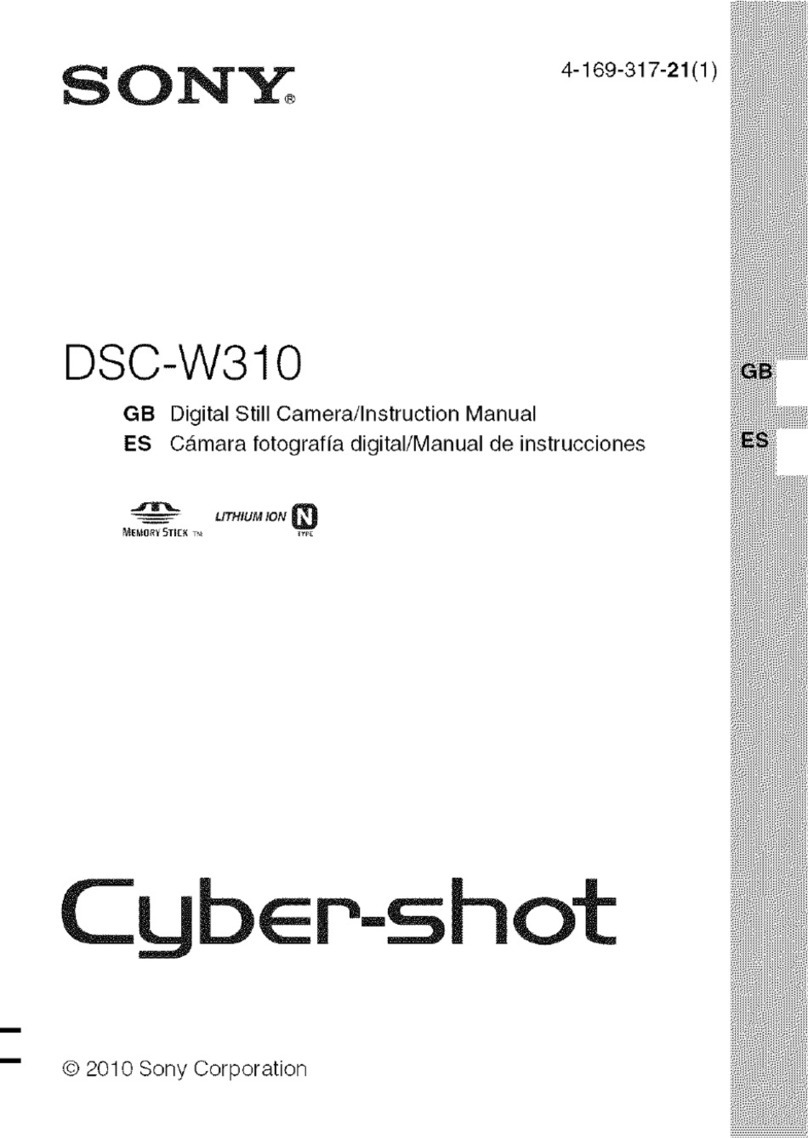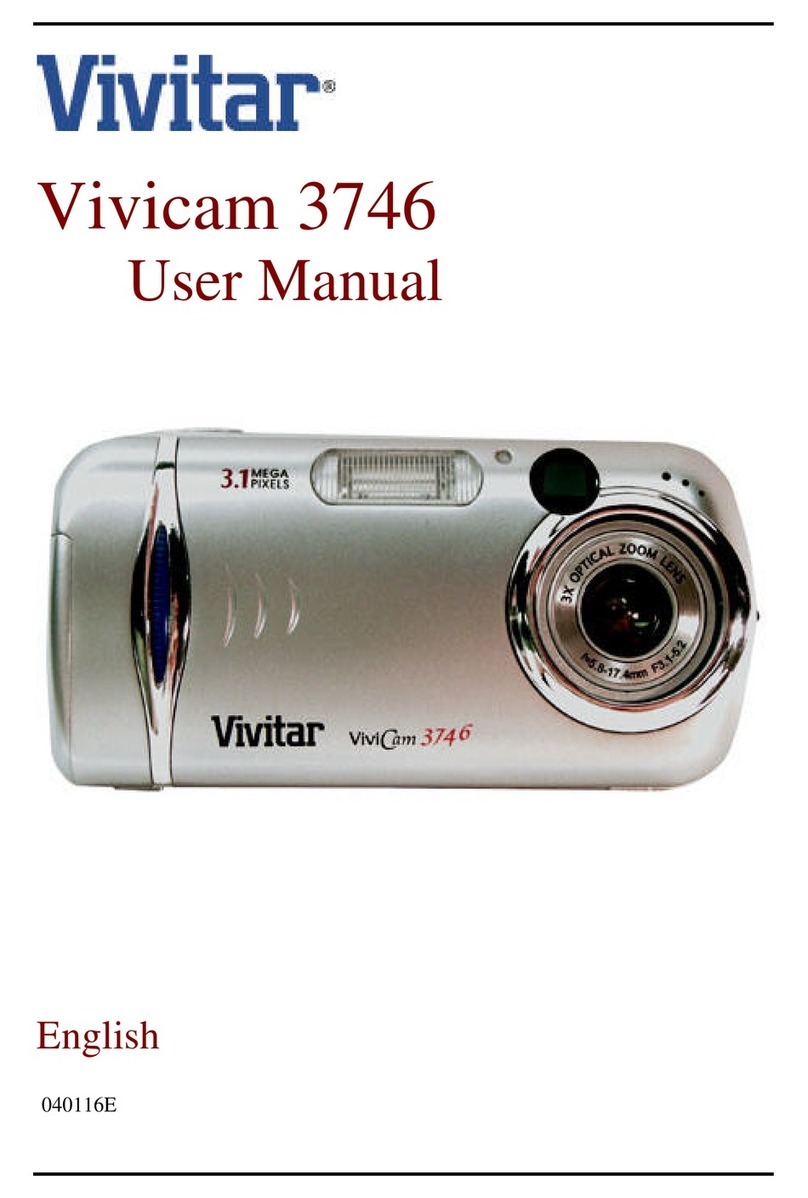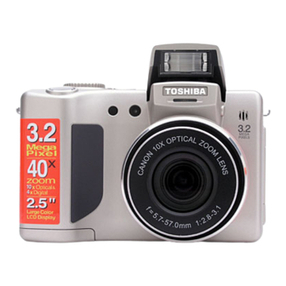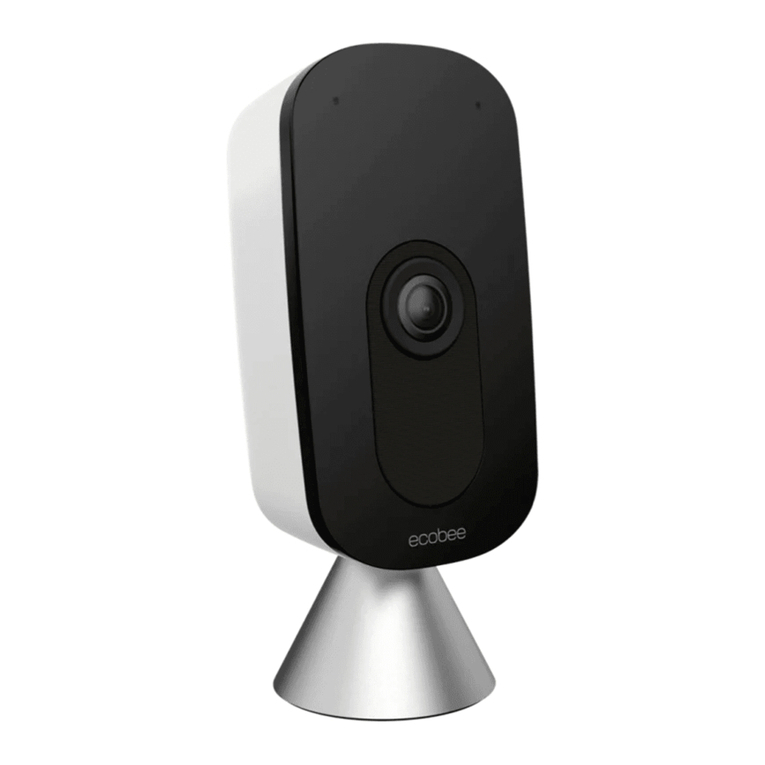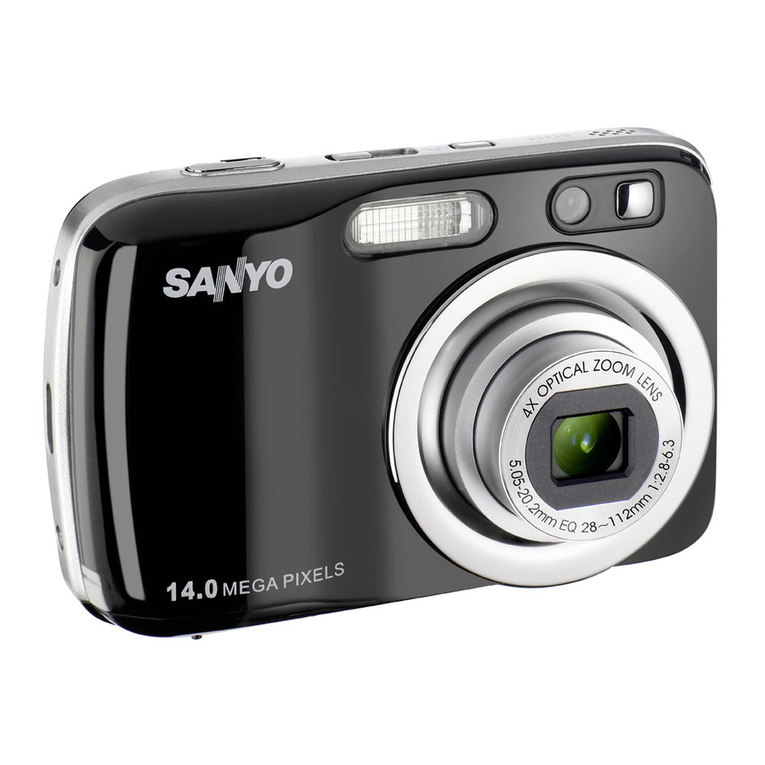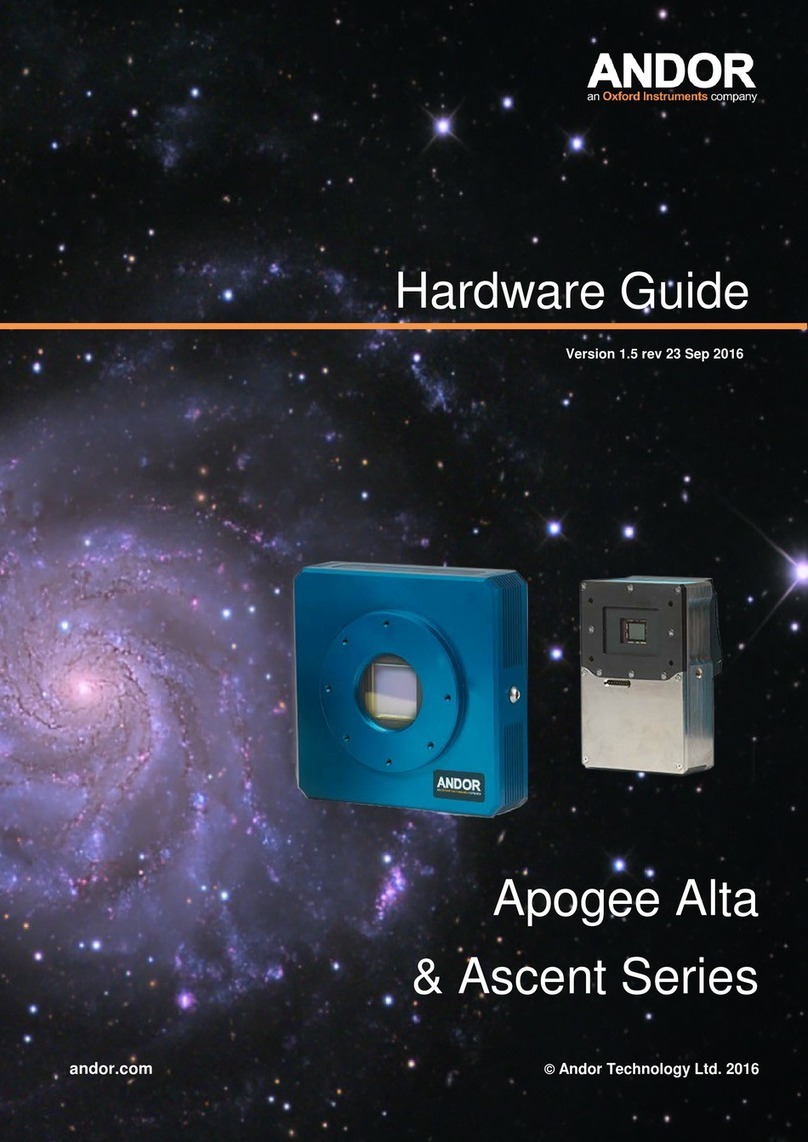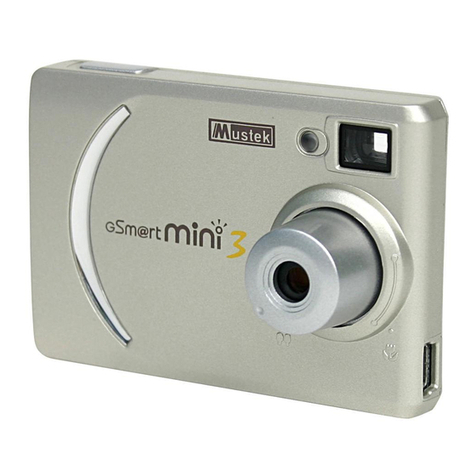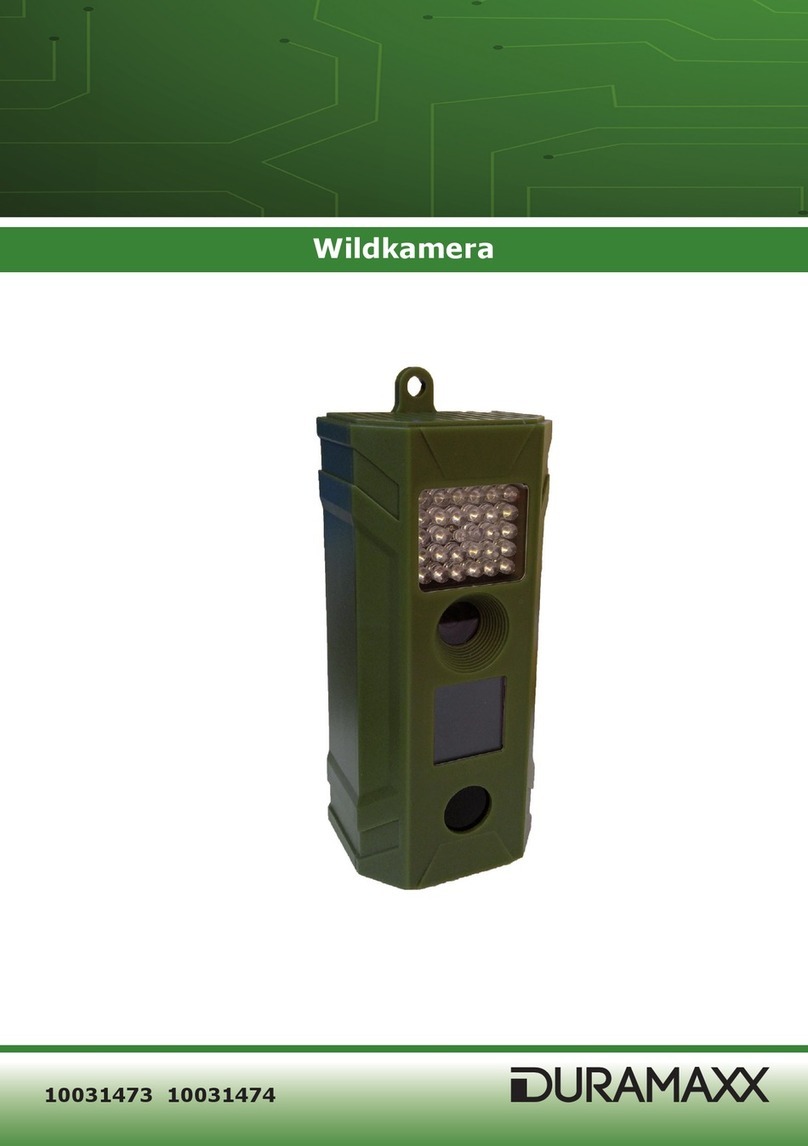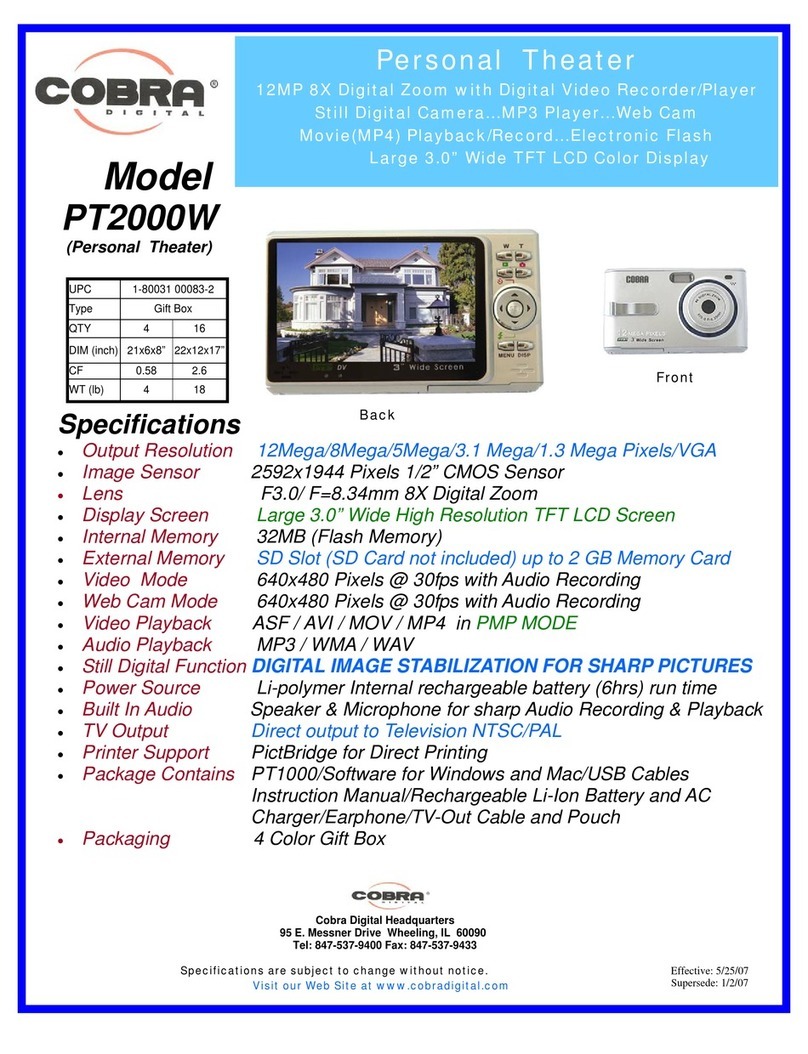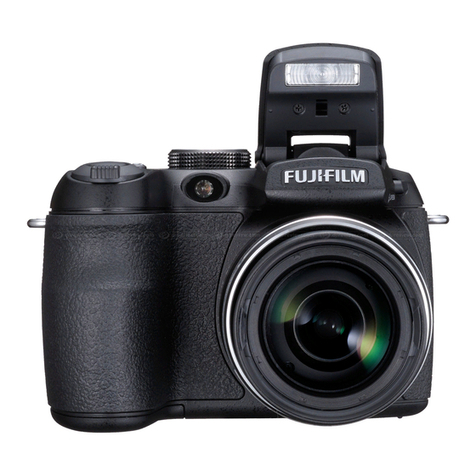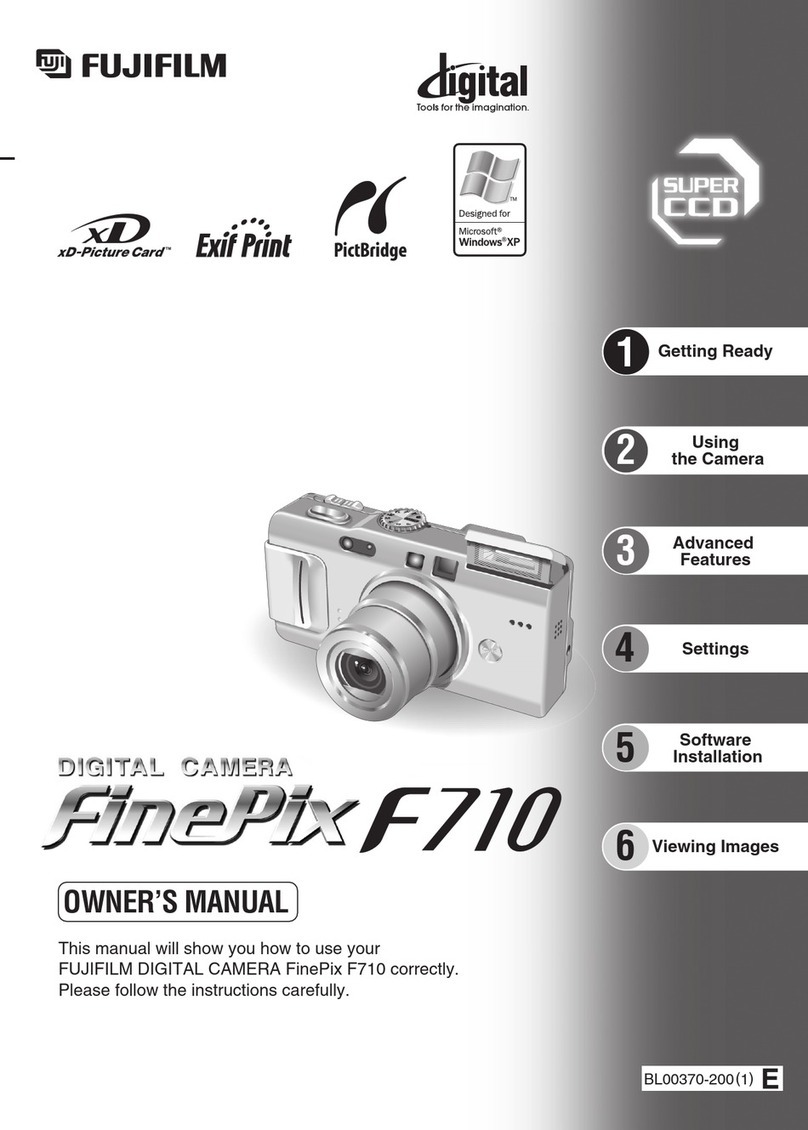FED FED 5 User manual

The FED 5 – CAMERA OF TOMORROW
INSTRUCTION MANUAL by Lomography
www.lomography.com/fed5
The camera of tomorrow...available today !
A futuristic all-mechanical wonder. Gone is the past of
clunky batteries, auto focus, and power film advance. Say
goodbye to on-board camera computers, built-in flashes, and
"megapixels." Embrace the future! Feel the power of the
multi-element "Industrar 61" lens, coated with space-age
Lanthanum.
Experience the lighting speed of selenium-driven light
meters, fully manual apertures , and steel-dial shutter speed
selection. Be careful not to burn yourself with the "hot
shoe!" Do not be afraid. Those who do not step in line with
the march of progress are destined to be left behind.
ATTENTION!!!
You now hold the solid metal of the Fed 5 in your hands. It is very
tempting to start playing with its myriad dials and controls.
PLEASE READ THIS GUIDE FIRST BEFORE TOUCHING ANYTHING!! The Fed 5
has complex, old-school mechanics which are susceptible to damage if
used incorrectly. And, no matter what you do, be sure to avoid the
two most common pitfalls of new Fed 5 users:
1. The Viewfinder is Blurry
You are a victim of the Dioptric Adjustment. On the back of the
viewfinder is a bumpy metal ring. Look through the viewfinder and
rotate this ring either clockwise or counter clockwise until you see
clearly.
2. This Shutter Speed Dial Looks Like Fun
We admit that it does. BUT DON'T TURN IT UNTIL THE SHUTTER IS COCKED
FIRST. Better yet, don't do anything until you first read through
these instructions.
Note: The shutter must always be cocked first before turning the
shutter speed dial - otherwise you risk irreparable damage to the
camera.

COMPONENTS OVERVIEW
1. Industrar 61 Lens 5. Coupled Viewfinder
2. Self Timer Crank 6. Rangefinder Optic
3. Self Timer Release Button 7. Selenium Match Needle
4. Light Meter Window
8. Aperture Control Ring 14. Rewind Collar
9. Focus Ring 15. Hot Shoe
10. Shutter Speed Dial 16. Dioptric Adjustment
11. Exposure Counter 17. ASA/Aperture Setting Ring
12. Shutter Cocking Lever 18. Shutter Speed/Light Reading Ring
13. Shutter Release Button 19. Rewind Knob

1. Loading the film
To access the film compartment you must remove the one-piece back.
It is secured by two rotating latches on the bottom plate. Rotate
each latch toward the outside of the camera body and slide the back
off.
To load film place the 35mm cartridge onto the left spindle, with
the film leader placed into the take up spool on the right. Note
that the take up spool pulls the film UNDER the spool, so feed the
leader so that it passes OVER the sprockets and then UNDER the take
up spool. You are now ready to take pictures!
2. Film Advance / Shutter Cocking
The shutter cocking lever (12) is located on the top right of the
camera. Grab the lever with your thumb and push it out to the limit
of its travel. This will advance the film one full frame and cock
the shutter. Don’t allow the lever to snap back against the camera
after you pushed it out – ease it gently back in with your thumb.
Each time the film is advanced, the counter will move forward by 1.
It will automatically reset to zero each time the film is rewound.
3. Setting Shutter Speed
IMPORTANT!!! AS WE SAID BEFORE -- NEVER CHANGE THE SHUTTER SPEEDS
WITHOUT FIRST COCKING THE SHUTTER!!! In the worst case, you may do
major damage to the mechanism. At best, you will find that the
shutter behaves erratically for a few frames. Either way, bub, it
ain’t pretty.
The shutter speed dial (10) contains the following speed choices –
B, 30, 1, 2, 4, 8, 15, 60, 125, 250, and 500. The numbers
correspond to fractions of seconds – therefore “250” is 1/250 of a
second, “8” is 1/8 of a second, and “1” is 1 second. “B” will
keep the shutter open for as long as you hold down the release
button – perfect for long exposures. “30” is designated as the
flash sync speed.
To change speeds, FIRST COCK THE SHUTTER. Now grasp the speed
selector dial (10) and gently pull up while rotating the red arrow
to the desired speed as marked on the dial. You will notice that the
knob moves easily from 1/30th counter clockwise, until it reaches
the 1/15th mark. At that point resistance will be felt, and a noise
like the winding of a clock will be heard. This is normal as the
slow speed mechanism is engaged. It’s actually a mechanical spring
which winds, thereby powering the shutter to stay open.
The speed selector cannot be moved counter clockwise farther than
the 1 second mark. DO NOT TRY! To go from on second to 1/30th you
must turn the knob clockwise all the way around past B. Likewise, do
not attempt to turn the speed selector clockwise past the 1/30th
mark.
After you take your shot and advance to the next frame, the shutter
speed will automatically return to the setting from the prior shot.

4. Setting Aperture
Manual aperture controls enable you to select the size of your lens
diaphragm opening, across the possible f-stops of f/2.8 (greatest
possible aperture), f/4, f/5.8, f/8, f/11, and f/16 (smallest
possible aperture). The greater the aperture, the more light is
admitted through the lens. The smaller the aperture, the greater
the possible depth of field (total amount of your image in focus).
Select your aperture by turning the outmost ring of the lens (8).
Example A
Your exterior light is low. Choosing a large aperture (f/2.8 or
f/4) allows for a shorter required shutter time for proper exposure,
thereby lessening the chance of camera shake or image blurring
Example B
You require both your foreground and background to be in focus.
Choose a small aperture (f/16) to maximize “depth of field,”
allowing the lens and film to render the majority of the image in
correct focus
Example C
You would like to create a portrait. Choose a large aperture
(f/2.8) to render your close foreground in focus, imposed against a
very blurred background. Alternately, choose a medium aperture
(f/5.6) on a subject at medium focal distance, highlighting it in
focus between a slightly out-of-focus foreground and a very out-of-
focus background.
5. Setting Exposure
Taking correct exposures and setting the shutter speed properly with
the Fed 5 is an acquired skill. To do it three elements must be
considered.
* ASA Film speed – anywhere from ASA 25 to ASA 400. Higher film
speeds allow for faster exposures, and therefore need less light to
expose properly.
* Aperture – from f-stop 2.8 to 16. Lower aperture numbers yield a
wider “iris” opening for the lens, allowing more light in and
faster exposures.
* External Light – the more light, the faster the exposure can be.
Your light settings are provided courtesy of the Selenium match
needle. This works without batteries , and should keep functioning
for another 25 years or so to come.
First, take a look at your exposure wheel, on the left top of the
camera. This is your guide to excellent Fed 5 images. The
innermost guide ring (17) corresponds with the ASA speed of your
film. Line up the appropriate green number (from a choice of 25
through 400) with the small vertical black line on the silver metal
inner ring. Next, point the camera towards the subject you want to
photograph. The match needle (7) will assess the exterior light and
give you a value between 1 (darkest) and 11 (brightest). The
outermost ring (18) of your exposure wheel has a small window, with
numbers inside. Rotate the ring until the window number corresponds
with the match needle reading.

So far, so good? Okay, now, take a look at the inner ring (17) with
the ASA speeds, and see the numbers on top of it, in a light grey
color. These are your aperture values. These will be below the
yellow numbers in the outermost ring (yellow and red), which
correspond to your shutter speed. You can now observe which shutter
speeds should be chosen for which apertures, given your film speed
and light reading. Here are some examples:
ASA 100 & Light reading “5” = shutter speed of “125” at aperture
“2.8”
ASA 400 & Light reading “7” = shutter speed of “60” at aperture
“16”
6. Using the Viewfinder
Engineered within the glass viewfinder (5) is a “brightline” system
rangefinder. When peering at your subject, the rangefinder spot
will produce a spilt image within its brightline spot. As you
rotate the distance focus ring (9), the split image inside the
rangefinder will merge into the surrounding viewfinder image. When
the viewfinder image matches the rangefinder image, your focus
distance is properly set. If it is too dark outside to see the
rangefinder spot properly, you'll have to guess the distance to your
subject and set the focus ring accordingly - on the top of it are
distance setting marks from 1 to 20 meters, and infinity. For
English measurement equivalents, one meter equals 3.28 feet. The
Industrar lens has a good tolerance for distance, so don't get too
stressed out about it - a subject at 2 meters will be in focus if
you set the ring to 1.7 meters.
7. Taking a Picture
Okay, you've got your light reading, you've chosen the aperture and
set the shutter speed correctly. The subject is at the correct
focus distance according to the rangefinder. Now, push the shutter
release (13), and !CLACK! you've taken your shot.
A soothing word - although the preparation to take a shot looks
complicated, it's not really so bad. Your ASA rating is only set
each time you load a film (and only if your new film is a different
speed). For a given photo session, you'll generally stay in about
the same light conditions, and prefer the same aperture. If these
elements are relatively stable, the only thing you have to do is
focus properly before taking a shot. You'll be a Fed 5 pro in no
time.
8. Rewinding the film
After you have shot your roll and you are ready to rewind, you must
FIRST RELEASE THE SHUTTER. Failure to do so may cause the shutter to
behave erratically the first few times when you next load your film.
Trust us.

Locate the rewind knob (19) at the top left of the camera. It is a
small, rough metal knob. Push it down and turn it counter clockwise
until it pops up. Next, press down on the rewind collar (13) as
shown above (yes, we think it’s a stupid place to put that as
well). It surrounds the shutter release button, and you’ll probably
have to use a fingernail to hold it down.
Rewind the film in a clockwise direction until there is no more
resistance. Pop open the back, and there you go. Push the rewind
knob back down & rotate clockwise to lock it back into position.
9. Using a Flash
The FED 5 synchronization is designed for use with electronic flash
at a shutter speed of 1/30 second. It takes a standard hot-shoe
flash. Place your flash into the hot-shoe (15), and set your
shutter speed at “30” (the number is in red on the dial) for
correct use. With using a manual flash, we've gotten great results
by choosing a medium aperture (5.6 or 8), setting the distance at 1
meter, and shooting people at about 1 meter every time. Clear and
sharp flash pictures.
10. Changing Lenses
Your Fed 5 uses Leica Thread Mount (LTM) screw threads, 39mm X 1mm.
This allows you to use not only the lenses made in Russia for the
Fed, Zorki, Mir, etc., but also other LTM lenses made by Nikon,
Contax, Steinheil, and currently by Voigtlander, as well as Leica.
To remove the lens, simply turn the barrel of the lens counter
clockwise until it comes out. To install a lens, carefully square up
the threads and gently turn clockwise, making certain that it is not
cross-treaded. Continue until the lens is firmly against the camera
body, but do not over tighten.
CAUTION: KMZ (Zenit, or sometimes Zenith) made LTM mount lenses for
some of their early SLR cameras with a different film registration
depth. They may mount on the Fed 5, but will only operate properly
at infinity. Also, not all LTM mount lenses will work with your Fed
5.Some lenses use a "tongue" to push against the rangefinder cam,
rather than a cylinder. As the shape of the cam itself is different
on the Fed from that of a Leica screwmount, it may not push pass the
cam to completely seat the lens. Never try to force a lens into your
Fed 5 lens mount. If you are going to buy a new LTM lens, we
recommend picking it up at a shop and actually trying it on your
camera. Also, your viewfinder is calibrated for a 55mm lens. If
you buy another size lens (say 28mm), you will have to buy a
viewfinder attachment to match.
Table of contents
Other FED Digital Camera manuals
